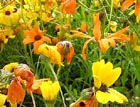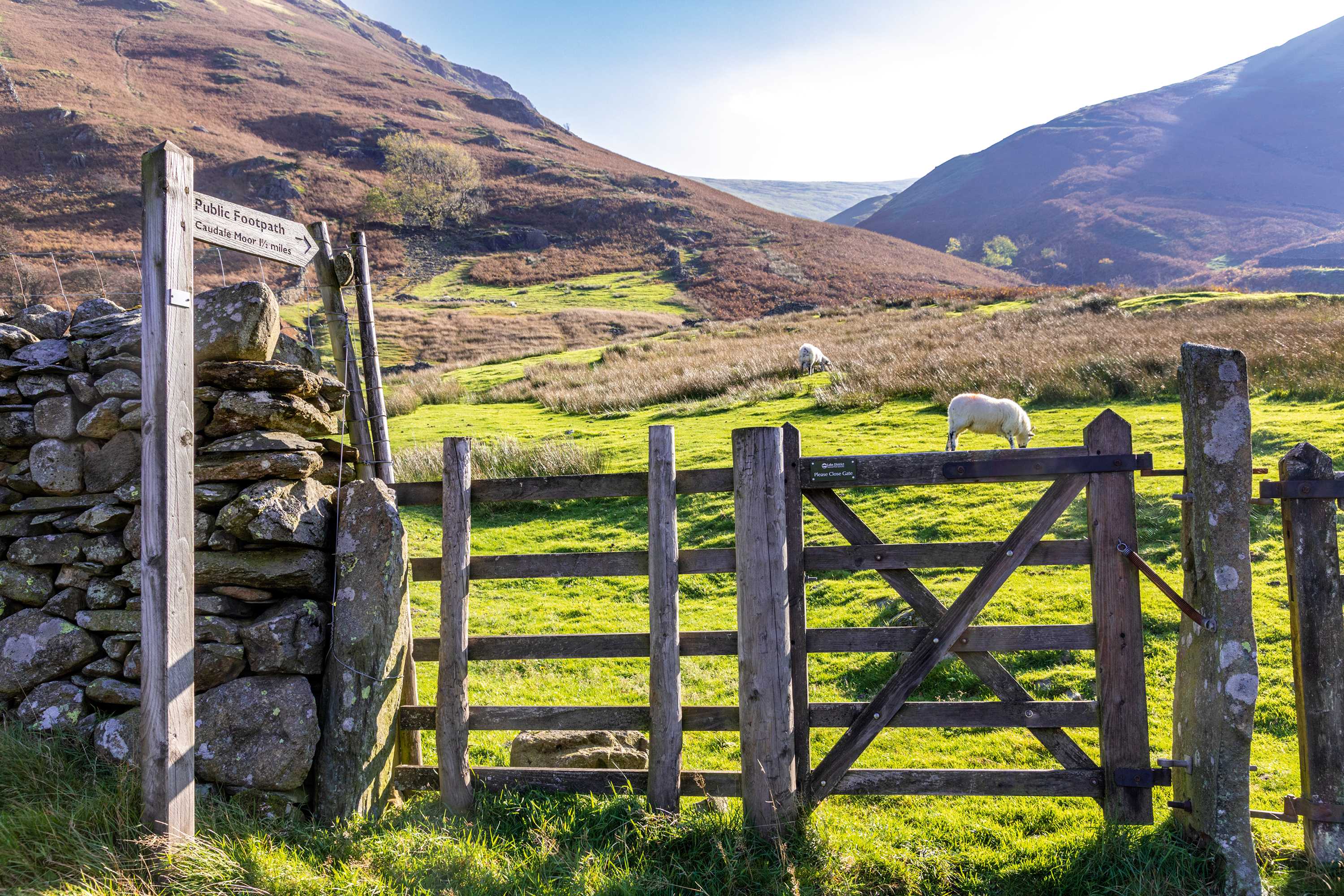Spring gardening: hoeing
The neat solution is to keep things scruffy a while longer to protect the self-seeders


June 1, 2006
The hoeing of borders needs to be carefully timed. What had once been bare earth in winter suddenly erupts into a sea of seedlings in May, and it is tempting to grab the hoe on a dry day and implement high-level massacre. The trouble is that I have a number of plants that self seed and they often distribute their progeny masterfully in a perfect place that I would never have thought of. The biennial Scotch thistle Onopordum acanthium can almost be relied on to position one of its offspring in a suitable gap towards the back of the border.
The variegated version of honesty, Lunaria annua Alba Variegata, was given to me as seed by the distinguished photographer Andrew Lawson, my friend and neighbour. Like the Scotch thistle, this also has a canny way of popping up in just the right place. I sprinkled the seed over two borders one autumn several years ago, and have been most generously rewarded annually ever since.
In April and May, it gives a wonderful display of pure white flowers and leaves also splashed with white. It is a reminder that the common honesty, with purple flowers and plain green leaves, is the dowdy relation. When the plainer form appears among sowings of Alba Variegata, it should be removed in haste for fear of the variegated plants cross-pollinating and producing more plain ones. When the flowers fade, I do not keep every dying plant, but only those hiding behind other things, to allow them to set seed.
Regular hoeing would also certainly deprive me of my annual poppies Papaver somniferum and seedlings of aromatic Salvia sclarea var. turkestanica, among many others. For this reason, I delay hoeing as late as possible in early to mid-May although I do see that neater gardeners would find my way intolerable.
I was determined to have a meadow garden somewhere: that combination of fresh green grass mixed with spring flowers is a delightful herald to the season, its success lying behind its simplicity, just as Mother Nature intended things to be. After the spring bulbs (snowdrops and spangles of Narcissus February Gold), the next flush consists of forget-me-nots and primroses, followed by Queen Anne's lace, white dead nettle and bluebells. This is a happy place where hedgehogs can be heard shuffling about.
However, once all these lovely spring flowers are over, their seeds have to ripen and scatter, so the meadow has to be left alone until July before it can be cut (and by mid-summer it is not a pretty sight). For this reason, meadow areas should, ideally, be positioned at the far end of the garden, or in an orchard (however, mine is quite close to the front door). So I mow the lot in July, always checking for hedgehogs first, just as I do before lighting a bonfire.
Sign up for the Country Life Newsletter
Exquisite houses, the beauty of Nature, and how to get the most from your life, straight to your inbox.
I have a number of areas with poor, gravelly, quickly draining soil in full sun. Perfect plants for such areas include valerian (Centranthus ruber), with white, red and pink-flowered varieties clustered together for best effect and Welsh poppies (Meconopsis cambrica), which pop up and thrive where little else fears to tread. And I am constantly amazed by Luzula sylvatica, or the greater woodrush, which thrives at the base of a very greedy conifer where the soil can only be described as having a consistency similar to cement.
I am a little fearful of mentioning anything quite so commonplace as Alchemilla mollis, but feel I must as it has solved a problem area under a north-facing wall and part of the drive. This area is waterlogged in winter and dry as a bone in summer; there is little if any good soil, with a high percentage of clay and stones, and it is constantly being driven over by cars.
I have planted alchemilla in a large swathe and it revels in such conditions that few other plants would tolerate. After it has exploded in its customary yellow froth, I mow over it with the rotary blades set high, just as the flowers begin to fade, before it has a chance to scatter seeds. The new growth that follows will have made fresh green cushions by September.
This article first appeared in COUNTRY LIFE magazine on June 1, 2006
Country Life is unlike any other magazine: the only glossy weekly on the newsstand and the only magazine that has been guest-edited by HRH The King not once, but twice. It is a celebration of modern rural life and all its diverse joys and pleasures — that was first published in Queen Victoria's Diamond Jubilee year. Our eclectic mixture of witty and informative content — from the most up-to-date property news and commentary and a coveted glimpse inside some of the UK's best houses and gardens, to gardening, the arts and interior design, written by experts in their field — still cannot be found in print or online, anywhere else.
-
 Six rural properties with space, charm and endless views, as seen in Country Life
Six rural properties with space, charm and endless views, as seen in Country LifeWe take a look at some of the best houses to come to the market via Country Life in the past week.
By Toby Keel
-
 Exploring the countryside is essential for our wellbeing, but Right to Roam is going backwards
Exploring the countryside is essential for our wellbeing, but Right to Roam is going backwardsCampaigners in England often point to Scotland as an example of how brilliantly Right to Roam works, but it's not all it's cracked up to be, says Patrick Galbraith.
By Patrick Galbraith